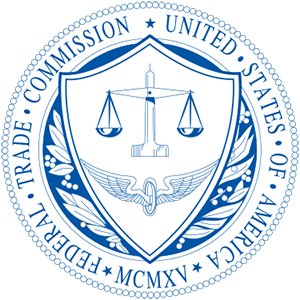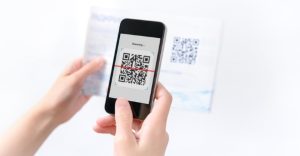- 11 December 2023
- 405
QR Codes: More Than Meets the Eye, Warns FTC

QR Codes: More Than Meets the Eye, Warns FTC
Introduction
Meet Fred Wilson, a seasoned cybersecurity expert with over a decade of experience in the field. Fred has dedicated his career to studying the implications of technology on consumer safety. His expertise lies in understanding the nuances of digital threats and devising strategies to counter them. Today, he shares his insights on a technology that’s become a staple in our everyday lives – QR codes.
Understanding QR Codes: Beyond the Basics
Quick Response (QR) codes have become an integral part of our digital age. These two-dimensional barcodes are used for a multitude of purposes, from mobile payments and website navigation to inventory management and event ticketing. But how do they work? At their core, QR codes are a way to encode information in a machine-readable optical label. The information can be a URL, a text, or other data. This encoded information can be read using a smartphone camera, making QR codes a convenient bridge between the physical and digital worlds.
The Dark Side of QR Codes: What the FTC Warns About
While QR codes offer convenience, they also pose potential risks. The Federal Trade Commission (FTC) has issued warnings about the misuse of QR codes by scammers. By creating a QR code that leads to a malicious website, scammers can steal personal information, install malware, or conduct phishing attacks. This dark side of QR codes is often overlooked, leading to a false sense of security among users.
Case Studies: When QR Codes Go Wrong
There have been several instances where QR code usage led to unforeseen consequences. For example, in 2021, a popular restaurant chain’s QR code-based menu was hacked to redirect to a competitor’s website. This not only confused customers but also damaged the restaurant’s reputation. In another case, a QR code on a concert poster led fans not to the ticket site, but to a page selling counterfeit merchandise. These incidents highlight the importance of securing QR codes and educating users about potential threats.

Safeguarding Your Business: Best Practices for Using QR Codes
To protect your business and customers, it’s crucial to follow best practices when using QR codes. Always generate your QR codes from a trusted source. Regularly test your QR codes to ensure they’re working as intended. Educate your customers about QR code scams and encourage them to verify the source before scanning a code. Additionally, consider using dynamic QR codes, which allow you to change the destination URL without changing the code itself. This can be useful for updating information or correcting errors.
Future of QR Codes: Risks and Opportunities
Despite the risks, the future of QR codes looks promising. With advancements in technology, we can expect better security features to mitigate risks. However, it’s equally important for businesses and consumers to stay informed about potential threats and take necessary precautions. As QR codes become more prevalent, we must balance the benefits of convenience with the need for security.
Conclusion: Navigating the QR Code Landscape
As we navigate the QR code landscape, it’s crucial to balance convenience with caution. By staying informed and following best practices, we can harness the power of QR codes while protecting ourselves from potential threats. Remember, technology is a tool, and like any tool, its safety depends on how we use it.
Table: Key Points Discussed
| Heading | Key Point |
|---|---|
| Understanding QR Codes | Mechanics and uses |
| FTC’s Warning | Potential risks |
| Case Studies | Real-life incidents |
| Best Practices | Guidelines for safe usage |
| Future of QR Codes | Risks and opportunities |

